Crossovers dominate the shortlist for Europe’s prestigious Car of the Year 2023 award, with fully-electric and hybrids the favoured formats.
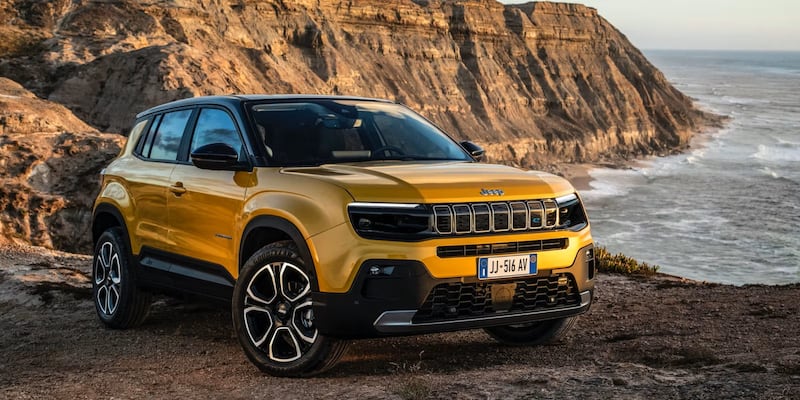
Jeep Avenger has its sights set on winning over European buyers to the brand. Built on the same platform as the Peugeot 2008 and Opel Mokka, the big news will be the full-electric version powered by a 154hp front-mounted electric motor with a 54kWh battery pack, which Jeep claims will deliver a range of up to 400km on a full charge.
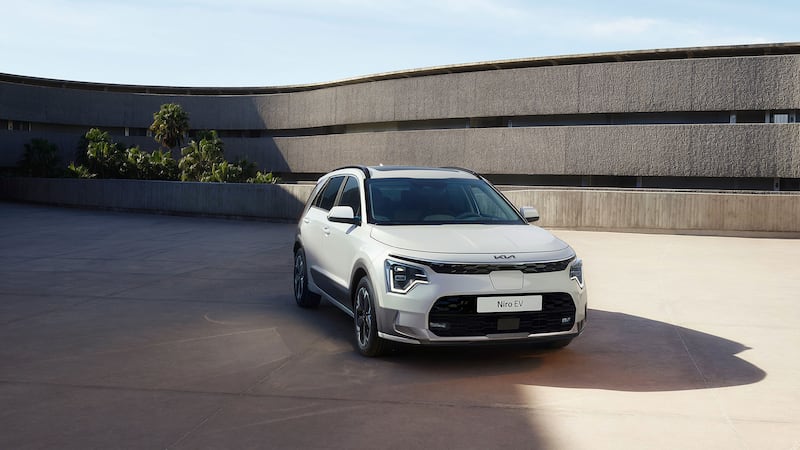
Kia Niro is a similarly-sized sub-compact crossover, now in its second generation. Engine options are hybrid or full-electric, with the latter claiming a range of 463km, courtesy of its 64.8kWh battery pack. Smartly styled and spacious inside, the Niro has proved a popular choice for families moving towards the electric age.
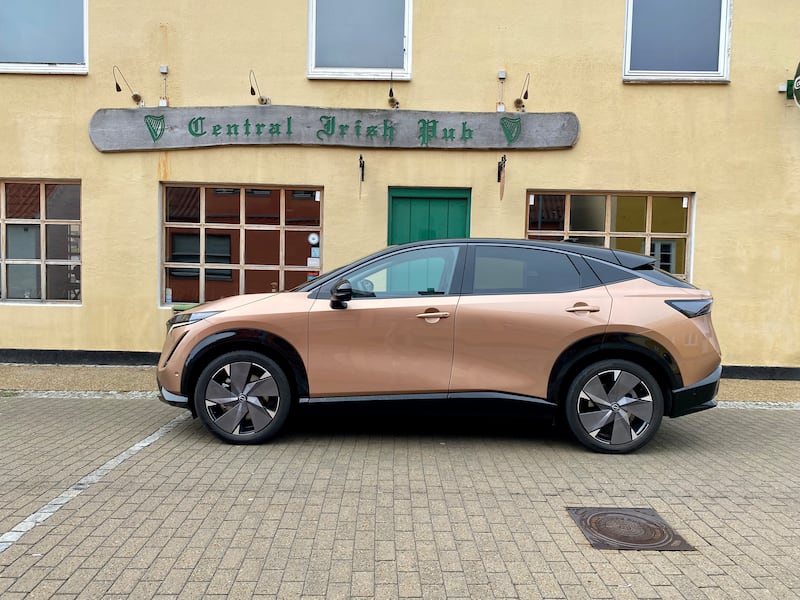
Nissan Ariya is the brand’s second foray into full electric after the Leaf and it’s a much larger and more premium proposition. Stylish on the outside, the interior rivals many more expensive premium rivals. Available in either front-wheel or all-wheel drive and with a 63kWh or 87kWh battery pack, and it shares many of its underpinnings with the Renault Megane E-Tech. The big surprise with the Ariya is not only its fit and finish but the way it drives. A well-tuned chassis is combined with impressively direct steering. It’s a world apart from the rather mundane efforts with the Leaf. That all combines with decent bootspace round the back.
ADHD gender gap: ‘Girls are constantly falling under the radar’
‘Why must we fight for our children’s basic rights?’ – Parents sleep out over lack of school places for pupils with special needs
How the Tate brothers won US backing for their release
Malachy Clerkin: Manchester United’s woes will turn the spotlight on Ruben Amorim before long
Peugeot 408 demonstrates the French brand’s continued renaissance, mixing a fastback saloon format with more high-set crossover styling touches. On the road, it drives much more like a sporty saloon than a crossover. Power comes from either a 1.2-litre petrol engine or a plug-in hybrid 1.6-litre petrol engine matched to an electric motor powered from a 12.4kWh battery pack. It claims 63km on electric-only power from a full charge, after which the engine takes over and the 408 runs like a regular hybrid. Striking exterior styling will certainly appeal, as will a smart and spacious interior. A fully-electric version of 408 will be introduced next year.

Renault Austral isa mid-sized SUV crossover, with the favoured power option being an e-Tech hybrid set-up, combining a 1.2-litre petrol engine with a1.7kWh battery pack. Promises of 4.7 L/100km (60mpg) and emissions of 105g/km are impressive for a car of this size. There is also a 1.3-litre mild hybrid with a choice of 140hp or 160hp. Optional features include a new four-wheel steering set-up, which gives the Austral a turning circle that rivals any supermini, despite the crossover measuring in at over 4.5 metres. A successor to the Kadjar, the interior has had a major makeover with an impressive touchscreen set-up, similar to the Megane E-Tech. Sharper handling and a decent ride comfort make it stand out from the very crowded crossover market.
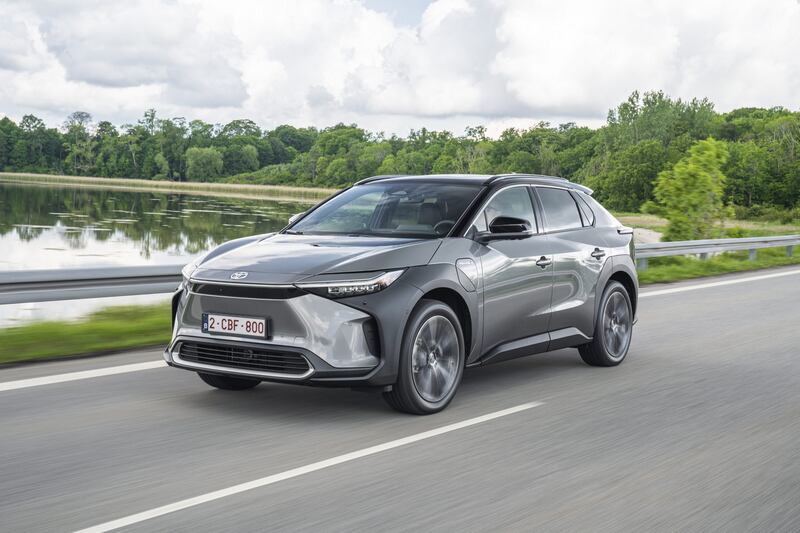
A joint entry from Subaru Solterra and Toyota bZ4X sees both brands finally embrace the all-electric age. It didn’t have a great start, with a recall in a matter of weeks of launch after it was discovered the wheels could literally fall off. Three months of late nights by the engineers has the car back on market for both brands. The battery tech has been developed by Toyota, the four-wheel drive capabilities by Subaru, so on paper the BZ4X and Solterra should be a winning recipe. With a 71.4kWh battery, the front-wheel drive versions claim a range of 510kms while the four-wheel drives will supposedly do 417km.
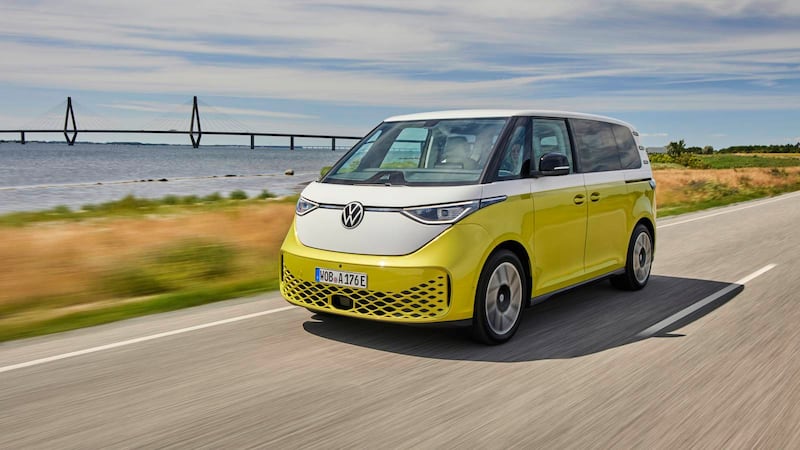
Volkswagen ID. Buzz has all the retro appeal of the 1960s campervan, but with a price tag that’s closer to premium family crossovers in this inflationary age. The best thing about its styling is how many complements it attracts and even the most cynical of us - knowing it’s just a new top-hat on the Volkswagen’s ID all-electric platform - can’t help falling for its charms. It’s a doddle to drive as well, smooth and comfortable, and surprisingly nimble for a van that measures in at 4.7 metres. In five-seater guise it boasts an enormous 1,121 of bootspace, with room for a double mattress should the camping bug bite you. Underneath the floorpan is a 77kWh battery pack powering a 204hp electric motor driving the rear wheels. A promised range of 425km suggests mid-350kms in real-life. The mix of charm, high-set driving position and interior space should make this a winner for the few who can afford its hefty price tag, which starts at €65,890 in Ireland.
A series of test events on the seven finalists will be undertaken by the jury of 59 motoring journalists, with the winner announced at the Brussels Motor Show on Friday, January 13th, 2023.















